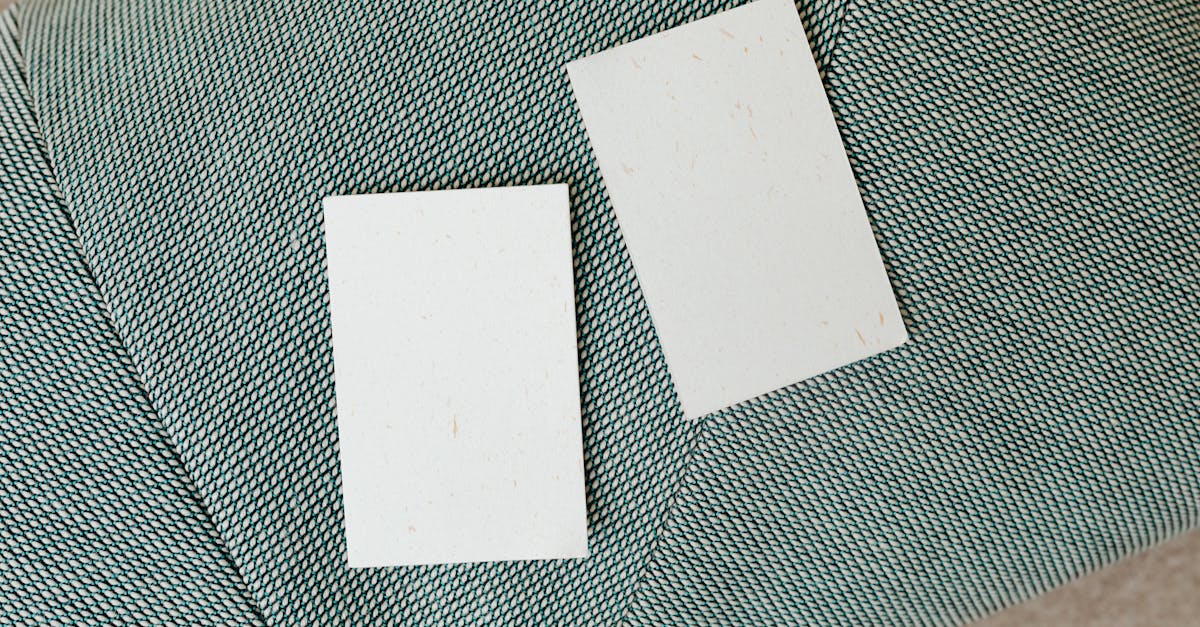“`html
Researchers at the FAMU-FSU College of Engineering push the boundaries of innovation.
Thanks to a $5 million grant from NASA, they are developing cutting-edge technologies.
Their goal: to revolutionize future space missions.
At the forefront of space technology, the team explores advanced composite materials and innovative manufacturing techniques. Among their most ambitious projects is 3D printing in orbit, capable of producing sensors, radiation shields, and even functional tissues directly in space. This capability transforms the paradigm of space exploration, making missions more sustainable and adaptive to unforeseen challenges. In collaboration with experts from Florida State University and the Goddard Space Flight Center, the researchers are developing special inks based on nanoparticles for precise and efficient printing. At the same time, in-space manufacturing (ISM) initiatives aim to enable astronauts to produce the necessary components on-site, thereby reducing reliance on materials shipped from Earth. These innovations are not limited to space; they also open new perspectives for ground applications in the fields of biomedicine and flexible electronics.

“`html
Table of Contents
The FAMU-FSU College of Engineering recently received a $5 million grant from NASA to conduct innovative research in the field of 3D printing applied to space exploration. This substantial amount will allow Professors Jamel Ali and Subramanian Ramakrishnan to develop advanced composite materials and essential manufacturing technologies for future space missions. This initiative is part of a broader strategy to make space missions more sustainable and adaptive to unforeseen challenges encountered in space.
“Imagine being able to print sensors, radiation shields, or even functional tissues in the middle of a space mission,” explains Professor Subramanian Ramakrishnan. This capability would transform the paradigm of space exploration, making missions not only more autonomous but also more efficient in the face of changing conditions in space. The integration of 3D printing would allow astronauts to manufacture on-site the tools and devices necessary, thereby reducing reliance on terrestrial supplies.
This vision perfectly aligns with current trends in 3D printing as an innovative method for creating dynamic and interconnected objects. Furthermore, this technology could pave the way for bionic robots, advanced sculptures, and much more, thereby expanding the horizons of what is possible in space.
To successfully carry out this ambitious project, the FAMU-FSU College of Engineering is collaborating with several renowned institutions. Among them is Florida State University, represented by Professor Richard Liang, and the FSU Office of the Provost, with Emily Pritchard. Additionally, experts from the Goddard Space Flight Center and researchers from the Mayo Clinic in Jacksonville are working closely together. This interinstitutional synergy is essential for developing systems capable of producing precise sensor patterns, integrating detection materials and electrodes in a single step.
The heart of this research lies in the development of innovative materials. The team of Ramakrishnan is focused on creating unique 2D materials known as MXenes, as well as metallic and semiconductor nanoparticles. These components are essential for creating special inks intended for 3D printing in space. These advanced inks enable the printing of a variety of devices, ranging from gas and strain sensors to antennas, radiation shields, and flexible electronic circuits.
These materials possess exceptional structural, physical, and chemical properties, making them perfect for various applications, including energy storage, sensors, optoelectronics, and even biomedical uses. Their development is not limited to space exploration, as they also have unique properties suitable for specialized materials on Earth.
One of the major innovations of the team is the electrohydrodynamic printing (EHD) technique. This method uses electric fields to accurately print nanoparticles, thus enabling the creation of applications for flexible electronic sensors. When combined with laser curing, this technique allows for rapid fabrication of sensors, thus accelerating the production process. This simplified approach is crucial for future space missions, especially on the International Space Station (ISS).
In addition to its technical capabilities, EHD offers unmatched precision in the fabrication of complex structures, which is essential for devices requiring high-quality integration and on-demand manufacturing. This technology also opens the door to innovations such as the assembly of dynamic objects and the creation of bionic robots, thus enhancing the impact of 3D printing across various sectors.
Besides the NASA grant, Professor Ramakrishnan is leading a project funded by a $700,000 grant from the National Science Foundation (NSF). This funding aims to acquire specialized equipment designed for 3D printing on curved surfaces. To this end, Florida A&M University has acquired the advanced nScrypt 6-axis 3D printing system, capable of creating complex designs suitable for various shapes, particularly for applications in the fields of aerospace and medical devices.
“We are experimenting with innovative ink formulations and cutting-edge techniques,” declares Ramakrishnan. “This new equipment helps us produce exciting next-generation sensors for NASA.” Thanks to its ability to distribute materials with exceptional precision, the nScrypt 6-axis system enables researchers to develop complex structures that conform to different surfaces, thereby paving the way for still unexplored applications of 3D printing.
This initiative aligns with a similar momentum to that of LoHIO which injected $26 million into a hub in Youngstown to promote 3D printing in the defense sector. These massive investments testify to the growing importance of 3D printing in strategic fields.
Professor Jamel Ali, co-director of the project, leads research efforts aimed at understanding how human cells self-assemble in microgravity environments, such as those on the Moon and Mars. His group studies the behavior of 3D printed tissues in space to improve therapeutic expansion of cells and regenerative medicine. This research closely collaborates with teams from the Mayo Clinic in Jacksonville, who work in partnership with NASA’s Kennedy Space Center on these pioneering projects.
By working with biomaterials and non-bio materials, Jamel Ali’s team is establishing guidelines to overcome the unique challenges of 3D printing on curved surfaces. Their goal is to develop custom semiconductor nanomaterials to meet the specific needs of NASA while also opening innovative prospects far beyond space exploration.
The potential outcomes of this research extend far beyond NASA’s missions. The sensors, tissues, and organs developed through these technologies could revolutionize fields such as biomedicine and materials science, providing solutions to urgent health challenges and contributing to technological advancement across various sectors. For instance, innovations in special inks for 3D printing could be adapted to produce customized medical devices or advanced structures in the aerospace industry.
With continued support from NASA and the integration of cutting-edge research practices, the FAMU-FSU College of Engineering is well-positioned to play a key role in the future of space exploration. This initiative represents a crucial step towards sustainable operations for exploration missions, ensuring that we can harness technology to meet our needs in real-time, both in space and on Earth.
To learn more about the various applications of 3D printing and its future opportunities, discover the profitable business ideas planned for 2025, the workshops dedicated to teenagers to explore a creative world, and many other exciting initiatives.
A $5 million grant from NASA for innovation
The revolutionary vision of 3D printing in space exploration
Interinstitutional collaboration for technological advancement
Development of advanced materials for 3D printing in space
Cutting-edge techniques: electrohydrodynamic printing (EHD)
Future projects and specialized equipment
Biomaterials and regenerative medicine for space missions
Global impact on materials science and biomedicine
“`














